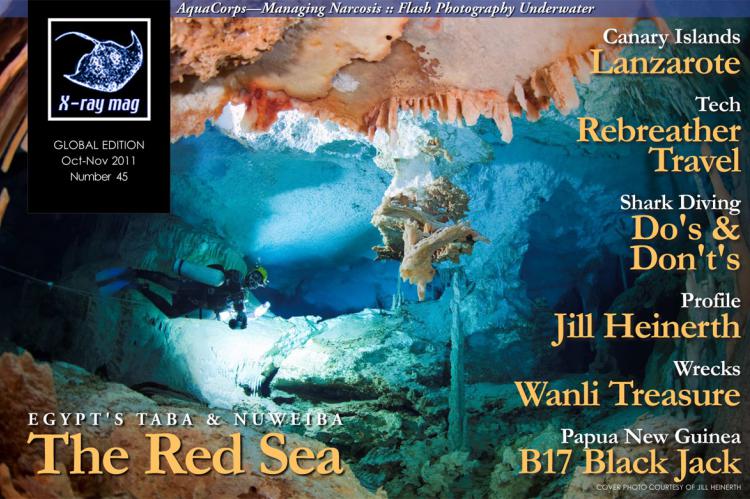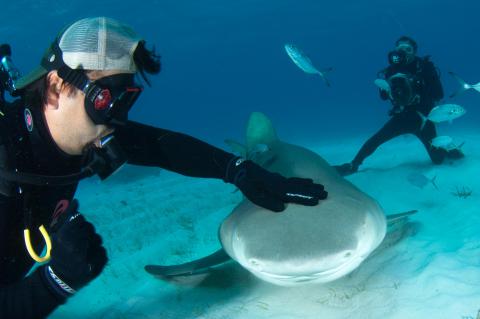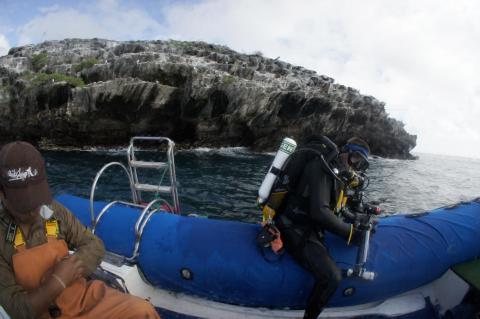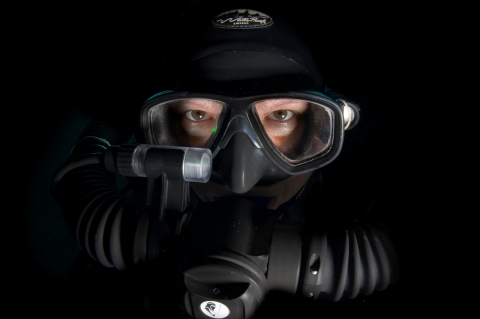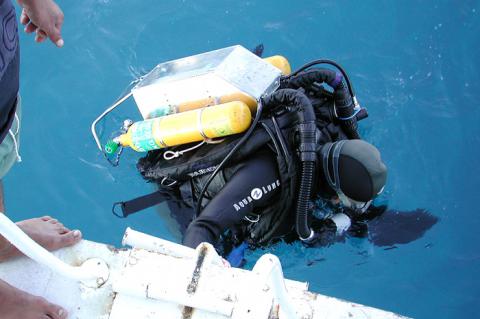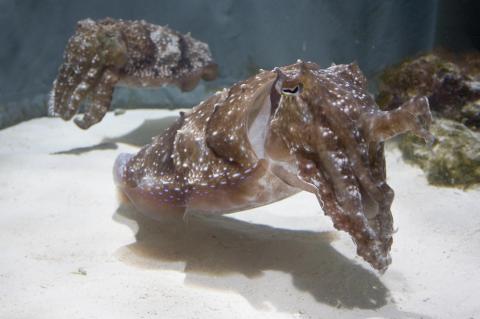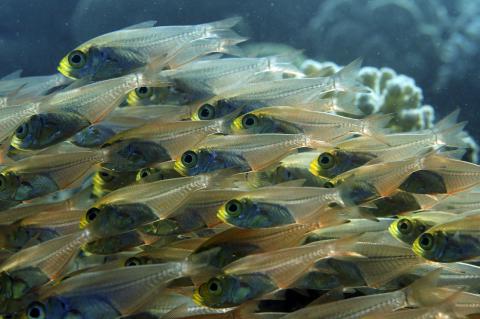X-Ray Mag #45
The Red Sea: Discover Nuweiba with Charles Stirling and Taba with Peter Symes; Charles Stirling also takes us to the Canary Islands' oasis of Lanzarote; Discover the Wanli wreck with Carol Tedesco; Bonnie McKenna interviews cave diver, Jill Heinerth; Learn the do's & don't's of shark diving with Andy Murch; Educate yourself on managing narcosis with Dr Barry Fowler; How to use flash in underwater photography with Lawson Wood; Don Silcock shows us the B17 Black Jack wreck in Papua New Guinea; plus news and discoveries, equipment and training news, underwater photo and video equipment, squid news, shark tales, whale tales and much more...
Main features in this issue include:
Do's and Don't's of Responsible Shark Diving
If you are participating in an organized “shark diving experience”, you may feel that the operator’s knowledge is sufficient and that you can sit back and watch the show. It’s important to remember that every shark interaction is different.
Have Rebreather, Will Travel
As the word, rebreather, gains readership in diving magazines, brings novelty to shows and fills the mouths of renowned instructors many industry professionals are thinking of “rebreatherizing” themselves. This is predictable, as the rebreather has been hailed as the “greatest diving innovation since the regulator”.
The fact is that in the advent of a new wave of recreational rebreather divers and the industry trend of making rebreather diving more available, many manufacturers are envisioning their own consumer rebreathers in the short and mid-term.
Jill Heinerth
Jill Heinerth, whose first job was a newspaper route in her home town of Toronto, Canada, is today a pioneer technical diver and instructor, a renowned explorer of underwater caves who owns a record for the deepest and longest cave dive, and a record for the longest dive into an Antarctic iceberg.
Heinerth currently resides in High Springs, Florida, with her husband, Robert McCellan, who is not only her life partner but her business partner, too.
Managing Narcosis
Breathing hyperbaric air causes a syndrome of behavioral and subjective effects called nitrogen narcosis, which limits the work efficiency of divers and is ultimately life-threatening.
Table 1(right) presents the classic view of the progressive effects of nitrogen narcosis based on descriptions in a number of current textbooks (Bennett, 1981; Miller, 1979; Edmonds et al., 1983).
Nuweiba
To find seclusion, special locations need to be found. One of these is Nuweiba, up in the Northern Sinai Gulf of Aqaba beyond Sharm el-Sheikh between Dahab and Taba.
Nuweiba is a natural oasis, it spreads over about 40km of gently sloping flood plane surrounded by the majestic Sinai mountains inland and the Gulf. It isn’t primarily a tourist centre but has grown due to its ferry port with connections to Jordan.
The Insidious Threat of Hypoxic Blackout in Rebreather Diving
Why rebreather divers, even more so than open circuit divers, need to be in control and focused when they ascend.
Not only free divers
One of these concerns is a widely misunderstood phenomenon most frequently referred to as shallow water or hypoxic blackout, something that hitherto has typically been a problem encountered mainly by free divers.
Think fast as a Squid
Squids, octopus and cuttlefish (who all belong to the phylum of molluscs) are among the most intelligent animals in the sea, and definitely the most intelligent marine invertebrates. We should in fact ask ourselves if the human mind is capable of thinking as fast as these creatures do.
Neurons consist of a somatic cell body containing the nucleus with DNA, and several cell organelles in the cytoplasma surrounding the nucleus (see Figure 1). The somatic part has many dendritic ends who receive signals from many other neurons. A long axon runs from the somatic part of the neuron, where the electric nerve signal travels with an astonishing speed of about 360km per hour. This electrical signal finalizes its axonal journey into many synaptic ends, where it manages to trigger synaptic secretions of chemicals (neurotransmitters: e.g.
Tranquility in Taba
The northern end of the Gulf of Aqaba in the Red Sea is full of new opportunities and fresh dive sites. "Find something new and interesting to report on at the Red Sea" was the assignment I gave myself. Right.
It probably dates me a bit, but I remember when Sharm el Sheikh was a small, sleepy village at the tip of the barren Sinai peninsula, which was reached by overnight coach from Cairo.


